The Top 5 ADA Violations Cited in Lawsuits in California 2017
Posted on February 02, 2017 by Rafael CantilloIn 2015 California had a total of 9,643 construction-related physical access violations were alleged in the 2,946 state/federal complaints and demand letters during the 12-month period from January to December 2015.
Hopefully you or your property were not named in one of those letters, but if you were, chances are you were in error of the top 10 violations cited on The California Commission on Disabled Access (CCDA) Annual Report.
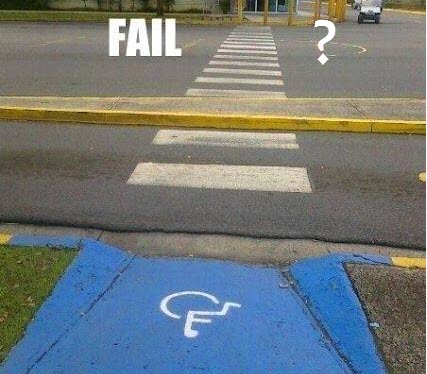
According to the 2015 Annual Report, the top two ranking violations committed, respectively, were: loading zones/van access, and parking space/ lot signage. These two alone comprised 25% (2,403) of the total alleged violations.
It looks like the folks over at the CCDA have put together a pretty helpful piece of information for property owners and managers to use, especially if they share the same vision as stated by the CCDA: to help foster an accessible, barrier-free California, meaning inclusive and equal opportunities and participation for all citizens. The consistently updated information should also help you keep an eye on trends that are starting to show up as new compliance laws are passed such as BU 17-01, which is the (Identification of Single-User Toilet Facilities as All Gender) law set to go into effect on March 17 2017. Yes, that too is a title 24 issue. The data the CCDA have provided may be common sense to some, but we thought it could be helpful to others who are just now figuring this whole Americans with Disabilities Act thing out.
Because Empire is so active in these types of repairs and services, we have also decided to add a little more information to this list, to give an even more practical understanding of what these descriptions mean and the range of cost associated to the repairs.
By combining this information, we are hoping to help property owners and managers create intelligent game plans for taking on their handicap related repairs pertaining to these codes. In a perfect world we would just go out and fix every little thing as it comes up; but these repairs can get expensive, sometimes really expensive. Hence, what we recommend to our customers is to hit the "trigger items" first, while they figure out how they'll come up with the money required to do them all.
A good thought to keep in mind that is there are many attorneys and inspectors out there, waiting to find your your striping, signs and truncated domes in a non-compliant state. This is particularly true if your business fits within one of the three location categories outlined in the Annual Report, which represents ninety-one percent (91%) of all location types where alleged violations occurred. These locations are: sales or rental establishments, establishments serving food or drink, and service establishments. With such a large umbrella to fall under, it's safe to say your business probably fits within one of these categories; so our goal is to help you reduce the chances of that lawsuit ever happening. With that said, take a look at the list and then walk around your parking area, and then decide for yourself where the best place is to start.
The List:
# 5.
Accessible Route and Entry: Curb ramps or entrance ramps area are non-compliant or non-existent.
The most common item this refers to is the lack of handicap ramps in your lot, or existing ramps that are not built to proper code (see below for example). Depending on how your parking lot was designed, the solution here ranges from simple to complex. Ideally, if your asphalt / concrete is pretty flat and there isn't too much of a grade leading up to your building entrances, your repairs should be on the easier side of the scale: installing a concrete ramp and repairing the existing asphalt to meet a compliant grade.
If, however, your grades slopes down and away from your building, you might find that these repairs can be more costly: requiring asphalt overlays to get the grade in compliance, in addition to the concrete ramp installation.
You should figure on budgeting about $5,000-$10,000 per ramp to have a contractor bring it up to code, or to have a new ones installed.
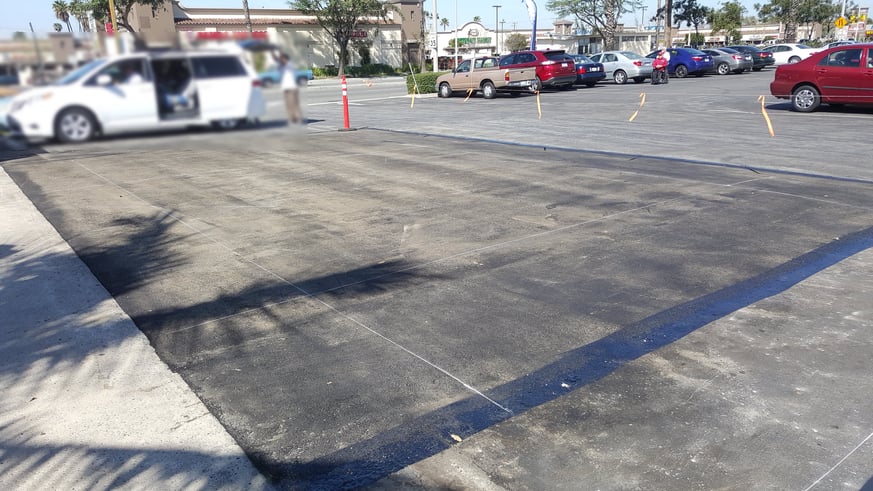
(asphalt grade corrections done in Anaheim )
#4
Accessible Route and Entry: Routes to and from the parking lot or public right-of-way are not accessible.
This violation refers to so many different things that we could easily write 10 blogs on it alone. But the simple way of explaining it is anything that stops a disabled person from accessing your business or building. This includes things such as steps and stairs access which is blocked by a newspaper stand or payphone, etc.
Other Violation Examples:
- Steps higher than a ½"
- Door openings not wide enough for a wheelchair to get through.
- Stairs to enter building (missing ramps).
- High counters
- Missing restroom compliant fixtures
- Missing kick plates on doors.
Because this is a interior ADA service we don’t offer we can't really access the cost average for these types of repairs. But needless it can be costly. Consider that a lack of an elevator can be an Accessible Route and Entry violation, and last time I checked that is expensive.
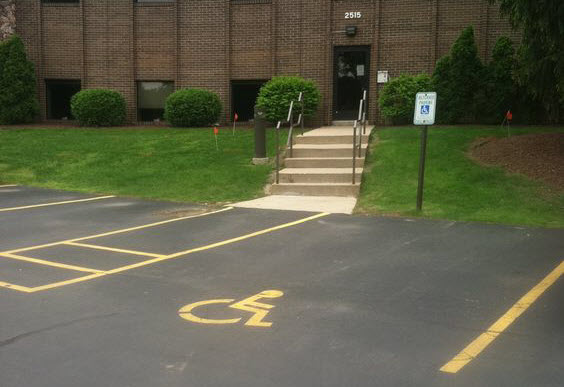
(non compliant striping and access repairs done by anonymous)
# 3.
Parking: Parking lot does not contain the minimum number of accessible parking spaces.
Paved parking areas come in different sizes. Each has a different number of parking stalls in it, and based on that number, you need to provide an appropriate number of handicap parking spaces. This handicap stall count requirement includes both "standard" stalls, and "van accessible" stalls. Check out the chart below. To use it, count how many current stalls you have in your lot, and then calculate your ADA stall needs. If it's not correct, then you are in violation of this rule.
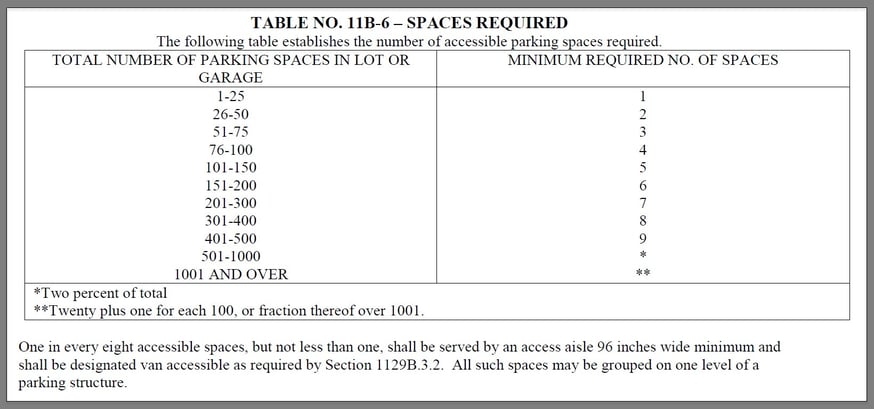
The solution here is to simply add more handicap stalls until you hit the correct number required. Converting regular stalls to handicap stalls typically requires some asphalt work for grade correction, concrete work for a compliant handicap ramp, handicap signs, striping, and truncated domes. Plan to spend $9500 - $15,000 per new handicap stall added.
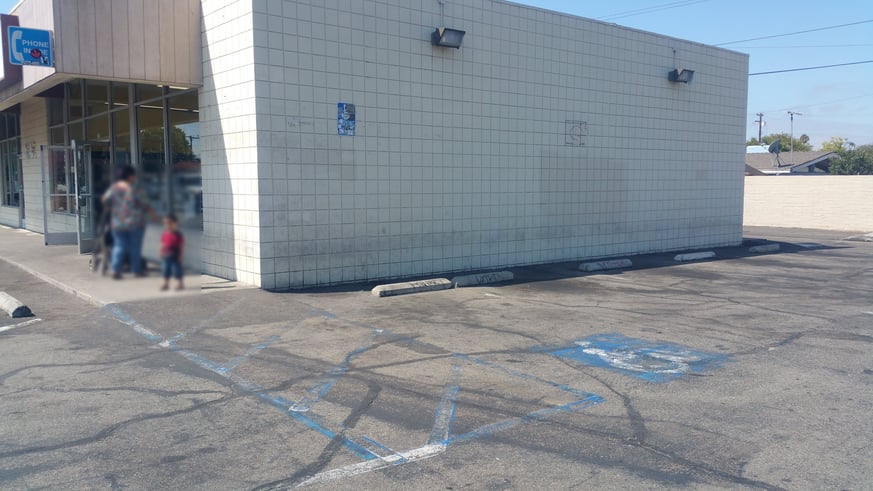
(non compliant ramp and signage)
# 2.
Parking: Signage in parking area is non-compliant. Handicap spaces are not designated as reserved by a sign showing the symbol of accessibility.
This can really mean two things. The first is that there might be missing signage in the handicap parking stall areas of your lot. The other is that the sign you do have in the stall is not up to code. Either way, this is the single easiest way for someone to see that your parking lot is non-compliant.
The good news here is that this is a relatively affordable fix, and subsequently sends a nice clear message to people passing by that you are compliant or working on becoming compliant.
Also, don’t forget about the handicap entry sign that should be at the entrance to your parking lot and facing the street. It is another required sign and is even more noticeable than the missing handicap parking space sign. You should plan on budgeting about $300 per sign to have a contractor install them new. If the posts are good then the signs alone will only cost you around $100 each to install. That price will include a high quality aluminum sign that will last for many years, as well as theft-proof hardware to deter thieves from recycling your signs. Let's just hope that the sign laws don’t change before the new sign actually wears out. Sadly it does happen.
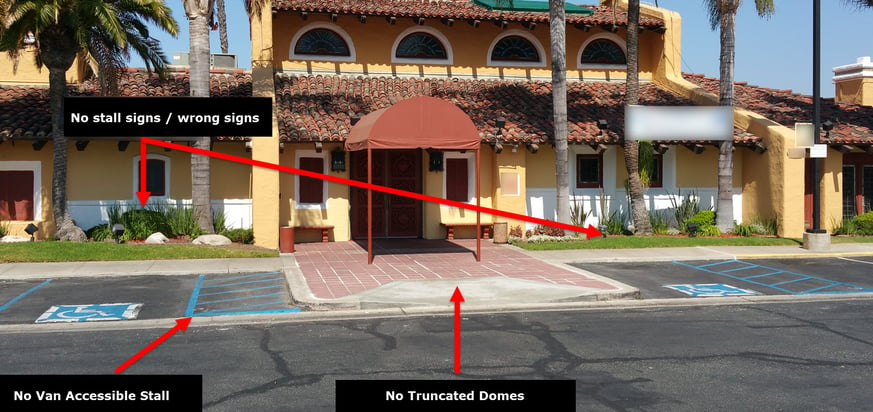
(non compliant striping and missing signage and trucated domes)
# 1.
Parking: Loading zones / van access aisles are non-compliant or non-existent:
This can reference several things, including no ramp being present in the access aisles area, or an incorrect ramp, such as a "raised ramp" having been installed. The striping in the access aisles area could also be missing, or laid out and painted wrong. Many times, we see a new set of handicap stalls painted with the crosshatch laid out in the wrong size, or on the wrong side of the handicap stall itself. The biggest example of this is when a van accessible parking space crosshatch (typically 8') is laid out as a standard crosshatch (typically 5'), or the crosshatch has been installed on the wrong side of the stall.
It's unfortunate because these examples are instantly noticeable by anyone (e.g. attorneys) with a little bit of compliance knowledge. What's even more unfortunate is the consistency that these violations hold over time. According to the CCDA Annual Report for the past few years, parking consistently made up the highest percentage of total alleged violations out of all 6 location categories, with Accessible Route and Entry coming in a close second (the other categories are: Toilet Rooms & Bathrooms, Access within Public Facility, Equipment within Public Facility, and General Alleged Violations).
TABULATION OF ALLEGED VIOLATIONS BY LOCATION CATEGORY
(From the 2015 ADA Annual Report)
- 2015 Parking: 42% Accessible Route and Entry: 23%
- 2014 Parking: 38% Accessible Route and Entry: 21%
- 2013 Parking: 41% Accessible Route and Entry: 20%
*(Percentages are of total violations reported.)
The reported data clearly reflects the dire need to keep your lot up to code and compliance. Because of this, Empire is here to help. Our company caters specifically to these high ranking categories, meaning whether you have already been served with a lawsuit or city citation, or you are just are trying to prevent one, we have the skills and experience necessary to assist with your needs.
You should figure on budgeting about $500 -$10,000 per handicap area to have a contractor bring it up to code. The cost range is wide here because the issue may be as simple as a simple striping issue, or it might require the installation of a new ramp with paving grade issues as well.
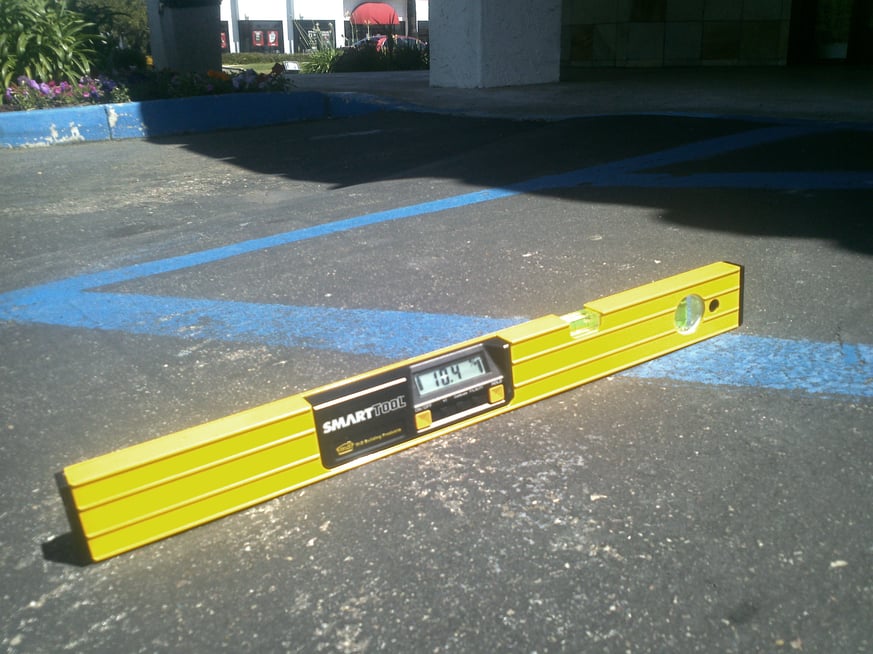
(non compliant grade of parking stall)
Parting ADA Thoughts
The ever changing disability laws are undoubtedly a great thing for Americans who have disabilities. However, it can also be a huge burden to take on for businesses. Whether you own or manage one property or fifty, it's important that you look at your ADA repair needs in an intelligent manner. Laws pertaining to the access are not going away; in fact, they keep changing and growing. So keep in mind, the way to save money when you approach these repairs is to do the ones that are most likely to land you in court first, and stay abreast to the changes by checking on the California Commission on Disabled Access website for yourself every couple of years.
Another great way to reduce your exposure is to hire us to help you recognize your sensitive areas and tackle them in a way that is both intelligent and budget friendly. At Empire we know our customers don’t have a huge amount of time to spend on these issues They are looking for smart, practical and intelligent solutions and that is what we offer.



Comments